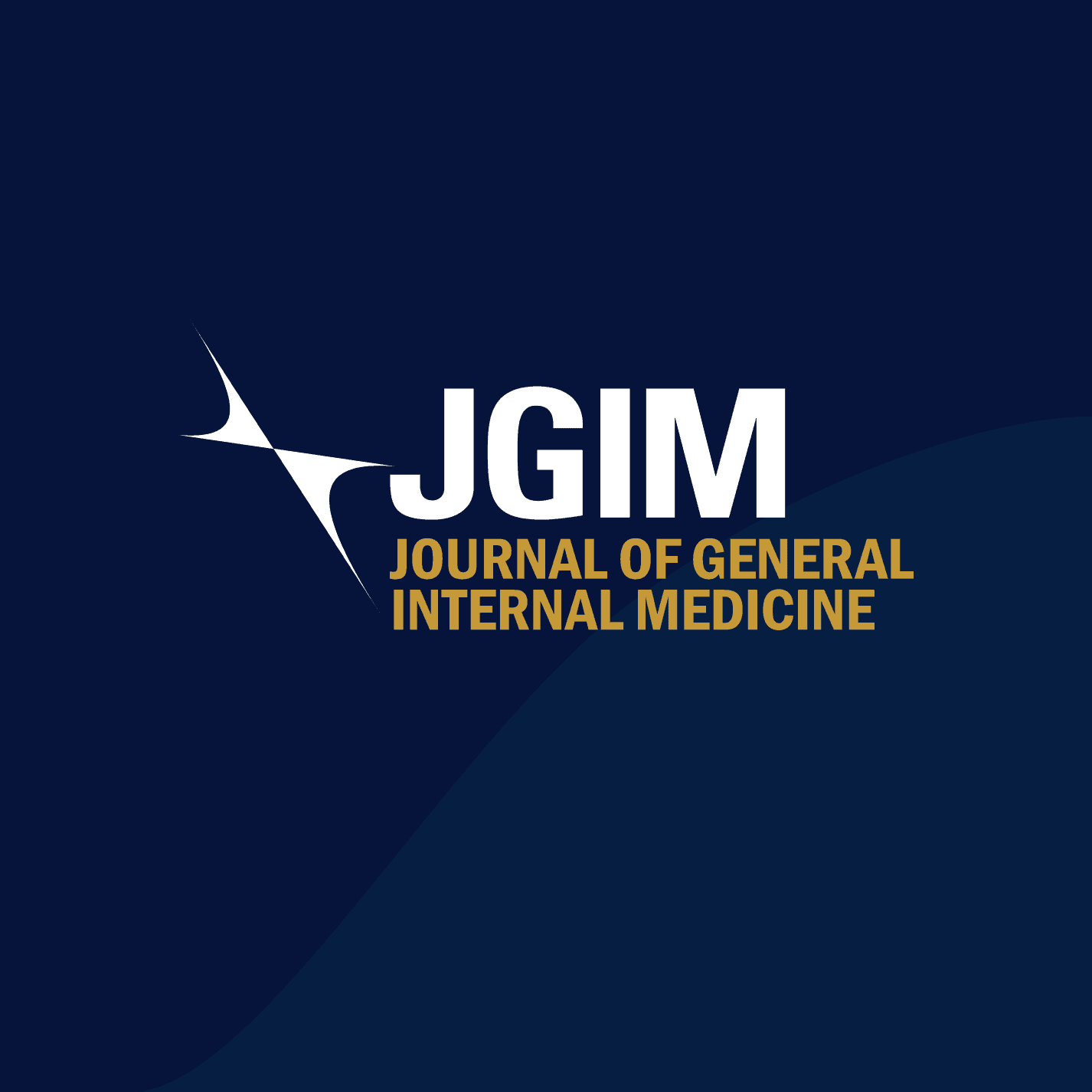Abstract
Background
Despite efforts to mitigate a projected primary care physician (PCP) shortage required to meet an aging, growing, and increasingly insured population, shortages remain, compounded by the COVID-19 pandemic, growing inequity, and persistent underinvestment.
Objective
We examined primary care workforce trends over the past decade and revisited projected primary care clinician workforce needs through the year 2040.
Design and Participants
Using data from the AMA Masterfile and Medical Expenditure Panel Survey (MEPS), we analyzed trends in the number of primary care physicians (PCPs) and in outpatient PCP visits by age and gender over the past decade. We then used the Medicare PECOS and Physician & Other Practitioners datasets to identify nurse practitioners (NPs) and physician assistants (PAs) in primary care.
Measures
Using these baseline clinician enumerations and projected population growth estimates from the US Census Bureau for the years 2020–2040, we calculated estimated primary care workforce needs by 2040.
Key Results
The effects of aging and population growth and baseline shortages in the primary care workforce call for significant increases in the primary care workforce to accommodate rising demands. Office visits to primary care clinicians are projected to increase from 773,606 in 2020 to 893,098 in 2040. We project a need for an additional 57,559 primary care clinicians by 2040.
Conclusions
Workforce shortages in primary care continue to expand due to population aging, growth, and heightened rates of clinician burnout & egress.
Topic
JGIM
Author Descriptions
Center for Professionalism and Value in Healthcare, 1016 16th St NW Suite 700, Washington, DC, 20036, USA
Andrew W. Bazemore MD, MPH & Kade K. McCulloch BS
American Board of Family Medicine, Lexington, KY, USA
Andrew W. Bazemore MD, MPH
Robert Graham Center for Policy Studies in Family Medicine & Primary Care, Washington, DC, USA
Stephen M. Petterson PhD
Share
Related Articles
Volunteer Peer Support for Chronic Pain Self-Management: A Qualitative Study of Benefits and Barriers
Abstract Background Pain self-management is a key ingredient in chronic pain management.…
Effectiveness of the SHARE Approach for Improving Clinician Shared Decision Making Skills: A Trial in 12 Practices Located in Colorado, USA
Abstract Background The SHARE Approach Model and training curriculum was developed by…


